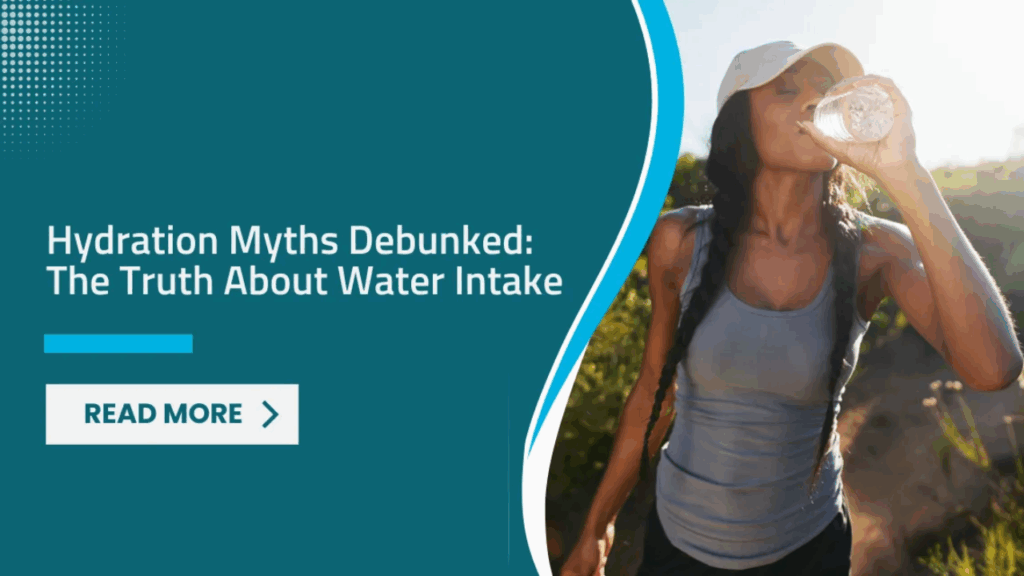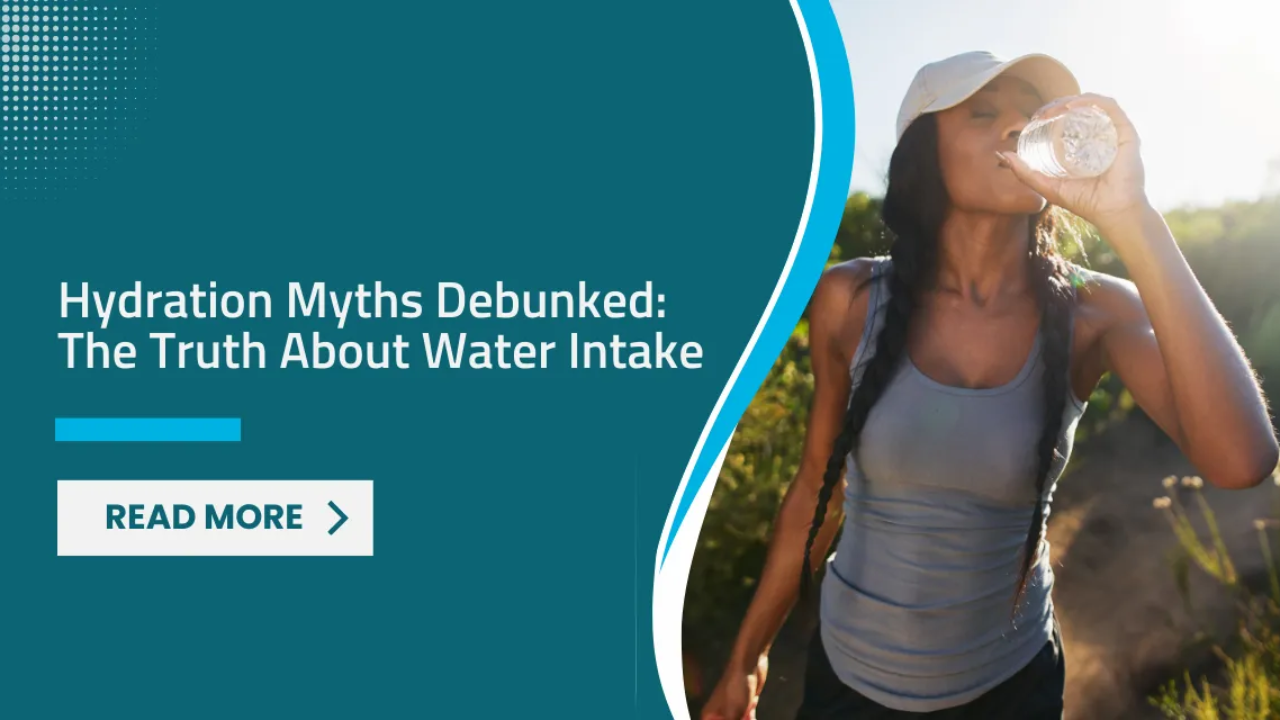
Reclaimed water, also known as recycled or reused water, has become a cornerstone of sustainable water management. Yet, despite its proven safety and benefits, myths and misconceptions continue to surround its use. From fears about health risks to doubts about quality, misinformation often prevents communities from embracing this essential resource.
This article breaks down the most common myths about reclaimed water and provides clear, evidence-based explanations to debunk them.
Why Reclaimed Water Matters
- Conserves freshwater resources by reducing demand on lakes, rivers, and groundwater.
- Supports agriculture and landscaping without straining drinking water supplies.
- Provides drought resilience for cities and industries.
- Demonstrates sustainability leadership in communities and institutions.
Despite these benefits, myths can create unnecessary resistance. Let’s separate fact from fiction.
Myth 1: “Reclaimed Water Is Dirty and Unsafe”
The Truth: Reclaimed water goes through multiple treatment stages, including filtration, biological treatment, disinfection, and sometimes advanced purification like reverse osmosis. These processes remove bacteria, viruses, and chemicals, producing water that is safe for its intended use.
- For non-potable uses like irrigation and toilet flushing, water meets strict safety standards.
- For potable reuse, advanced treatment produces water as safe—or even safer—than conventional drinking water.
Myth 2: “You Can Get Sick from Using Reclaimed Water”
The Truth: When regulated properly, reclaimed water poses no health risks. Agencies monitor water quality continuously, ensuring pathogens and harmful substances are removed.
- Examples: Singapore’s NEWater and Orange County’s Groundwater Replenishment System provide potable-quality water with zero health risks reported.
- Reclaimed water is often held to stricter testing standards than traditional sources.
Myth 3: “Reclaimed Water Tastes and Smells Bad”
The Truth: Properly treated reclaimed water is colorless, odorless, and tasteless. Any bad odor or discoloration occurs only if the water is untreated or not maintained properly.
- In fact, during blind taste tests, people cannot distinguish reclaimed water from regular drinking water.
- Modern treatment technologies eliminate organic compounds that cause odor or taste issues.
Myth 4: “Recycled Water Is Only for Irrigation, Not Drinking”
The Truth: While irrigation is a common use, reclaimed water can also be used for:
- Potable reuse (after advanced treatment).
- Industrial cooling systems.
- Laboratories and research facilities.
- Groundwater recharge projects.
Cities like Windhoek (Namibia) and Orange County (California) have been safely reusing treated water for direct and indirect potable use for decades.
Myth 5: “Reclaimed Water Is Too Expensive”
The Truth: While initial setup costs for treatment plants and infrastructure can be high, reclaimed water becomes cost-effective in the long term.
- It reduces dependence on expensive water imports or desalination.
- Saves money for agriculture, industries, and municipalities.
- With increasing water scarcity, recycled water is often the most affordable sustainable option.
Myth 6: “Using Reclaimed Water Harms the Environment”
The Truth: Quite the opposite—reclaimed water helps the environment.
- Reduces pollution discharge into rivers and oceans.
- Provides reliable irrigation water without depleting freshwater ecosystems.
- Supports groundwater recharge and wetlands restoration projects.
Table: Myths vs. Facts About Reclaimed Water
| Myth | The Reality |
|---|---|
| Reclaimed water is dirty and unsafe | It undergoes advanced treatment to meet strict safety standards |
| You can get sick from using it | Properly treated water poses no health risks |
| It tastes and smells bad | High-quality reclaimed water is colorless, odorless, and tasteless |
| Only for irrigation, not drinking | Can be used for potable, industrial, and environmental purposes |
| Too expensive to implement | Long-term savings outweigh initial setup costs |
| Harms the environment | Protects ecosystems and reduces wastewater discharge |
Overview Table
| Myth | Debunked By | Resulting Truth |
|---|---|---|
| Unsafe | Multi-stage treatment | Safe for both potable and non-potable uses |
| Causes illness | Strict regulations & monitoring | Proven safe in cities worldwide |
| Bad taste/smell | Modern purification | Indistinguishable from drinking water |
| Only irrigation use | Advanced reuse technologies | Wide applications, including potable supply |
| Too costly | Long-term efficiency | Cost-effective and sustainable |
| Environmentally risky | Pollution reduction | Supports ecosystems and recharge |
Final Thoughts
Reclaimed water is not the unsafe, smelly resource that myths make it out to be. In reality, it’s a safe, sustainable, and cost-effective solution that is already helping cities and communities worldwide.
The challenge lies not in the technology but in public perception. By debunking these myths and promoting awareness, we can encourage wider acceptance of reclaimed water as a mainstream resource.
The future of water security depends on embracing innovative solutions—and reclaimed water is one of the most promising.
FAQs
Q1: Is reclaimed water really safe for drinking?
Yes, after advanced treatment, it meets or exceeds drinking water standards.
Q2: Why do people still resist reclaimed water?
Mostly due to psychological barriers and misinformation, not actual safety issues.
Q3: What’s the biggest benefit of reclaimed water?
It conserves freshwater resources while providing a reliable, sustainable supply.

